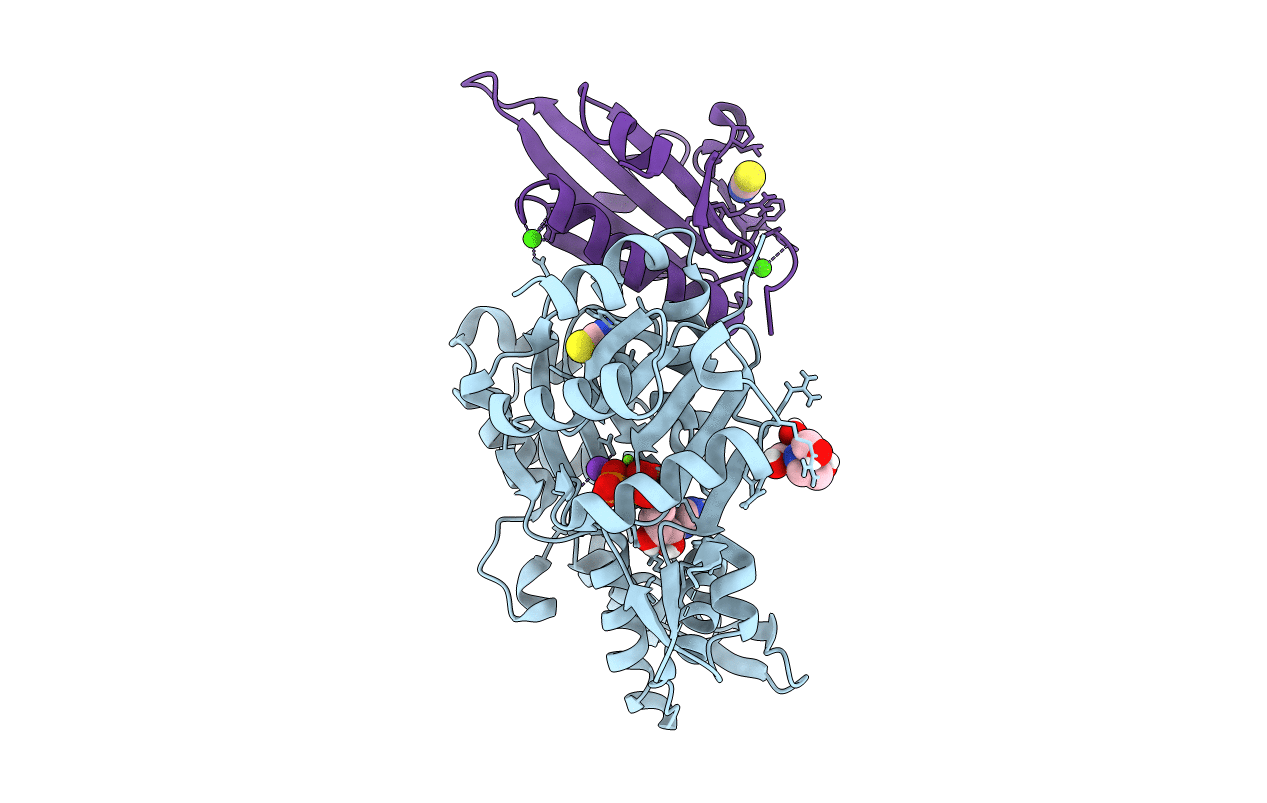
Deposition Date
2018-11-09
Release Date
2019-06-26
Last Version Date
2024-01-24
Entry Detail
PDB ID:
6I4D
Keywords:
Title:
Crystal Structure of Plasmodium falciparum actin I in the Mg-K-ATP/ADP state
Biological Source:
Source Organism:
Plasmodium falciparum (Taxon ID: 36329)
Mus musculus (Taxon ID: 10090)
Mus musculus (Taxon ID: 10090)
Host Organism:
Method Details:
Experimental Method:
Resolution:
1.24 Å
R-Value Free:
0.15
R-Value Work:
0.13
R-Value Observed:
0.13
Space Group:
P 21 2 21


